Join the Fun at Homesteading Today, Tell your Stories, Share Recipes and Tips!
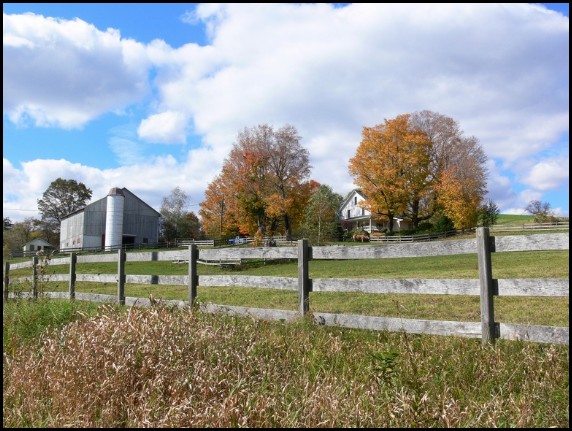

Homesteading today in America
By 1873 if you planted trees you could have an extra 160 acres of homestead land. This was because it was believed at the time that trees produced rain, and rain was always welcome. If you were prepared to move into the more arid regions of the country you were allocated 640 acres. However, by 1973 the Homestead Act was repealed, although the practice continued in Alaska until 1989. Today there are no more land grants anywhere in the States.
Homesteading today still exists as a concept. It is the yearning to scratch around in a little bit of dirt that is your own, even if you have to pay for homestead land these days and try and be as self-sufficient as possible. Many people are going back to the land due to food issues, current use of pesticides and how they affect our health.
However, it is also about growing food in your own backyards with the rise of Urban homesteading also known as Urban Farming.
Homesteading Today Tips
Buying Homestead Land
Look at your needs and what it is you
want to raise on your homestead. Remember that you are hoping to live
off the land. Therefore make sure that the crops and animals that you
want to raise will make you enough money to be self-sufficient. For far
more details than can be made here go to our page on Homestead
Land showing you how to avoid the pitfalls of
buying rural land and where to position your
homestead.
Where to Locate your Animals, Orchard and Veggies
Locate your animal housing far enough from the homestead so that you don't get nasty smells wafting by, but not too far away that you will have to make a arduous trip every time you need to feed, water and care for them. Build their enclosures big enough to allow for more animals if you need to expand.
Locate your vegetable garden and herb garden close to the house for convenience sake. Both should have good access to a constant water supply. Herbs are great to plant not too far from the kitchen door.
Homesteading Synergy
Think of your homestead as a unit. Each part should benefit the other and work together in harmony. For example raising chickens will produce excellent, nitrogen rich manure for your vegetables and compost heap. By placing them in your orchard they can feed on the fallen fruit, fertilize the soil and keep the bugs down without damaging your trees. Fruit tree prunings, vegetable peelings and vegetable matter can all be used in your compost heap to be returned back into the soil for enrichment and goodness.
Your ducks could be allowed to forage in your vegetable garden. Unlike chickens, they won't do a lot of damage (although the will eat your lettuces!) and will definitely keep your snails and slug population down, along with other insects like grubs and caterpillars that would otherwise feast on your plants.
Land should be set aside for green manures and cover crops to disc back into the soil. Crop and land rotation for both plants and animals should be practiced to minimize disease to both.
Conserving Water for your Animals and Crops
Land is not your only resource you need to care for. Water is a precious resource that seems to be getting more and more scarce these days and therefore we need to conserve water.
When you have ground run-off harvest that water by placing a dam at the bottom of the run-off area. Put in underground water tanks and rain barrels to store excess water that comes off your homestead roof. This is free water that you can use on your vegetables and herbs.
Going off the Grid
Think about your power needs and whether you want to rely on municipal power or if you want to live off the grid. More than 200 000 Americans live off the grid, and you could be one of them. It does mean a little bit of planning and investment upfront for the solar panels and other equipment, but this money is generally recouped within 3-5 years.
Aiming for Self-Sufficiency
To be totally self-sufficient you will need to think about keeping pigs, goats or cows for milking and meat and a few sheep. Barley, wheat and oats can also be grown in addition to your fruit trees, nut trees, soft fruit and vegetables.
Conclusion
We hope to meet many of our homesteading readers through our pages where we ask you to make a contribution. This can be either a recipe, retelling of an experience, ask a question or whatever. So come on in and enjoy being part of your homesteading community. Click here if you are looking for some good homesteading and country living books.
Homesteading Today and The Country Homestead
- How
to buy good Homestead Land
- Creating your Perfect Country Home
- Organic
Gardening
- Homestead Living and Winter Tips for your Animals
- More Homestead Living Tips
- Mini Farms for Homesteads
- Best Homesteading Books
- Read Snippets from our Homestead Blog
- Advice
for Raising Farm Animals
Homesteading Today and Out in the Country
Homesteading Today and On the Farm and Homestead
- Show us your Farm and Homestead
- Ask a Homesteading Question
- Share your Farming Stories
- Ever had the Best Farm Holiday Ever?
- Give your Opinion on the Best Farm Shops, Farm Gate Sales or PYO in your Area
- Tell us about your Favourite Farmer's Market
Free Podcasts on Homesteading and Country Life
Finally, visit our free podcasts page for podcasts on your health, green living, keeping alpacas, medicinal herbs, frugal living and much more.You can Add your Own Comments for Homesteading Today!
We have lots of pages where you can contribute to throughout this homesteading website, as you can see from the links below. We love hearing from our readers, and hope you will be one of those we hear from too. Please tell us about your own homesteading today experiences. We would love to hear all about them. Just type in the form below, we will do the rest.
Ask a Question
This is the page where you can ask a question and we will do our best to answer it for you. If you have a question on issues with regards to your vegetable garden, livestock, fruit trees feel free to ask.
Not only will you receive help, but our other readers may also be experiencing the same, or similar problem, and so will also be helped in return.
Please feel free to add to our replies and give any additional information we may have missed in providing a solution.



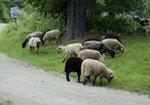
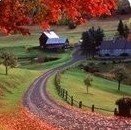
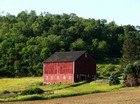

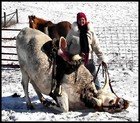
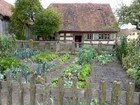
New! Comments
Do you have something of value to add? Leave me a comment in the box below.